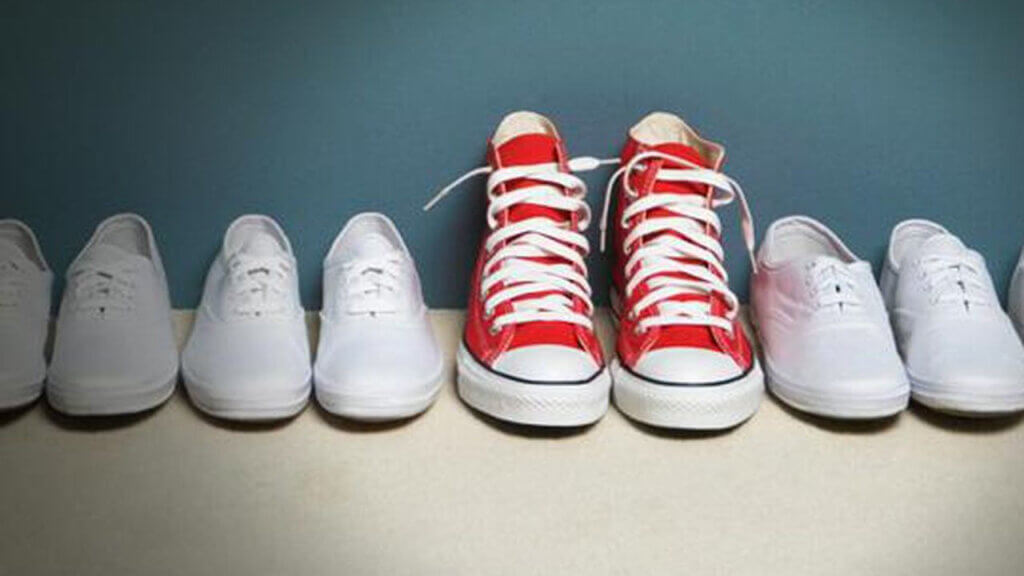
Personalisation in the hospitality industry is way more than a snazzy trend for hipster lifestyle brands.
NB: This is an article from Oaky
Websites and social media platforms leverage user data to display relevant content, offers, or ads to maximise engagement or sales. This creates a unique experience for every user and ensures they quickly find what they’re interested in.
Subscribe to our weekly newsletter and stay up to date
Today, consumers have come to expect this tailored experience. In fact, bland, generic service doesn’t cut it anymore and may even give them a negative impression of your hotel. Research by Accenture proves that 91% of people are more likely to choose “brands who recognize, remember, and provide them with relevant offers and recommendations.”
Personalisation is your key to offering guests the individualised travel experience they crave and the value for money they expect. Run-of-the-mill stays no longer cut it if you want loyal guests and rave reviews. Instead, it’s time to take personalisation to the next level.
Read on to discover four actionable steps to get started and what you can gain from tailoring your guests’ experience.
What is personalisation in the hospitality industry?
Before diving deeper into the hows and whys of personalisation in the hospitality industry, let’s clarify this term.
Personalising a hotel stay means using what you know about your guest to adapt your service to their preferences. However, be careful not to confuse personalisation with customisation. While both concepts follow the same goal of offering a tailored experience, customisation empowers guests to do this on their own. Guests choose their preferred service option from a selection you provide them.
Knowing this distinction shows that customisation works well for both new and returning guests. Personalisation on the other hand is easier if you already know travellers and their preferences.
Here’s an example: imagine that Mr Smith is staying at your hotel for the first time. You offer him a choice between chocolates and fruit as a welcome amenity, and he goes for the fruit. That’s customisation in action.
Next time Mr Smith returns, you directly offer the fruit platter based on the preference he expressed during his previous trip — that’s personalisation.
In both cases, Mr Smith is happy about his fruit platter, but you used two different approaches to achieve this result.
4 steps to get started
Now that you know the difference between personalisation and customisation, let’s talk about implementation.
Follow the four steps below to create the personalised and memorable travel experience your hotel guests expect.
1. Know your target guest
Knowing what makes your guests tick is good for more than building a tailored stay. It’s also a way to create interest and win a guest’s booking in the first place. If you show that you have what they want, you increase your chance of winning them over with relevant offers.
Once they’ve picked your hotel, find out as much as you can about each guest. Your staff as well as innovative tech solutions play a key role here.



